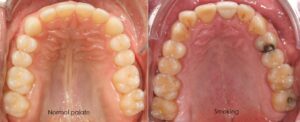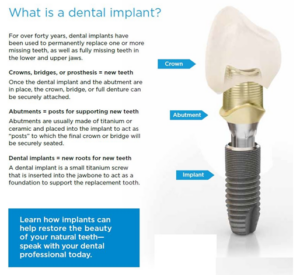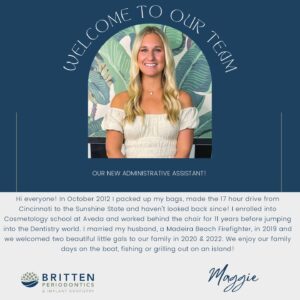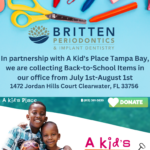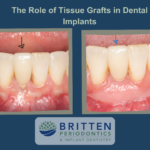The AADSM (The American Academy of Dental Sleep Medicine) recommends dentists evaluate patients for the following conditions as possible indicators of Sleep Apnea:
• A thick neck (greater than 16 inches in a woman or 17 inches in a man)
• A short neck
• Lower-face abnormalities, which may include:
* A large tongue
• A crowded posterior airway (such as caused by an enlarged, floppy uvula or enlarged tonsils)
• An enlarged soft palate that rests on the base of the tongue
• Obesity
• Complaints of being overly tired during the day, low on energy, depressed, or moody
• Falling asleep in dental chair
• Trouble opening mouth wide during dental examination
The most successful treatment for Obstructive Sleep Apnea is a CPA appliance, however, 60% to 83% percent of users cannot tolerate this device.
Your dental professional can help you identify if a sleep appliance may help you.


